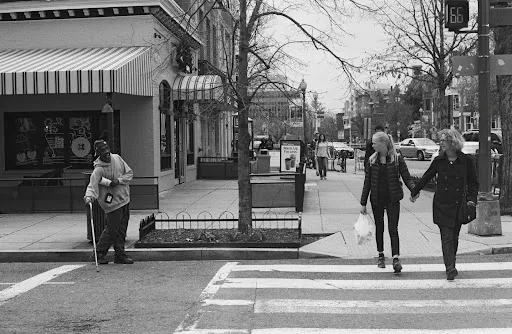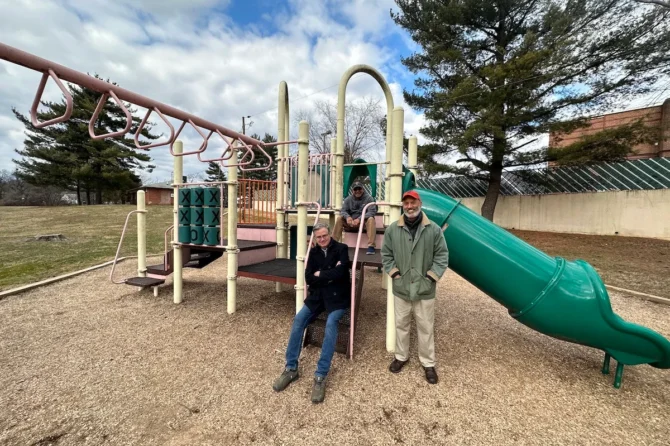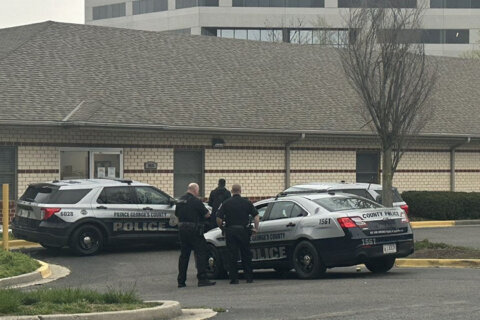WASHINGTON INFORMER: At first glance, Tadael Asfah may just seem like an average millennial trying to make his way in the world, but a closer look at his personal history and photography reveals his story, journey and passions and themes behind much of his work. Asfah, a District resident, tells the story of the decline of “Blackness in D.C.” in his recent exhibit “God Hates Us: The Death of Chocolate City.”

Asfah, 29, who was born in Eritrea, a country in northeast Africa on the coast of the Red Sea, said after crossing the waters with his family at age 5 to avoid the border wars, he and his family settled in D.C. He grew up in Columbia Heights.
He said he remembers being in elementary school in ESL (English as a second language) classes. He recalled playing on the playground and noticing the separation between the differing ethnic groups.
Years passed, and he began to develop a photogenic eye, which he began to use to document the social perspective he saw throughout the community.
“Street art is more of my thing,” Asfah explained, saying that he wants to capture real things and people just living.
The photographer views D.C.’s vibrant and mixed culture as the perfect playground to capture not only the colorful, fun, eccentric elements of the community, but also the real, raw, and even at times sad realities lying within it. His recent exhibit “God Hates Us: The Death of Chocolate City,” reminds viewers of the many low-income people of color in our communities, who seem to be, at times, forgotten.
While the exhibition recently ended, its true message rings on and still occupies the minds of its viewers.
Asfah’s work documents protest and uprising against oppressive systems of power, D.C.’s unhoused community, and city youth.
When looking at these images, many viewers feel sadness or a sense of “negativity”, Asfah explained, but the pieces are all for a bigger cause.

One photo of a man whose legs are kicked up, with his feet resting across a metro seat, reminds audiences of the complexities within the simple commonalities witnessed every day. This image tells the story of a man, most likely unhoused, trying to get some sleep in the most comfortable indoor place he can find. While some may see this image as a representation of the problems in the city, others can view it as recognition of this man’s reality and more understanding of his existence.
Asfah’s work calls for change. Images like the protester holding up the Black Lives Matter poster remind audiences, Asfah explained, “we have a voice.”
His images also point out the importance of coming together and contributing as a community, and knowing “the difference between just consuming, and putting something back into the community,” he shared.
With his artwork, Asfah raised over $1000, which he plans to donate to Serve Your City Ward 6 Mutual Aid.










